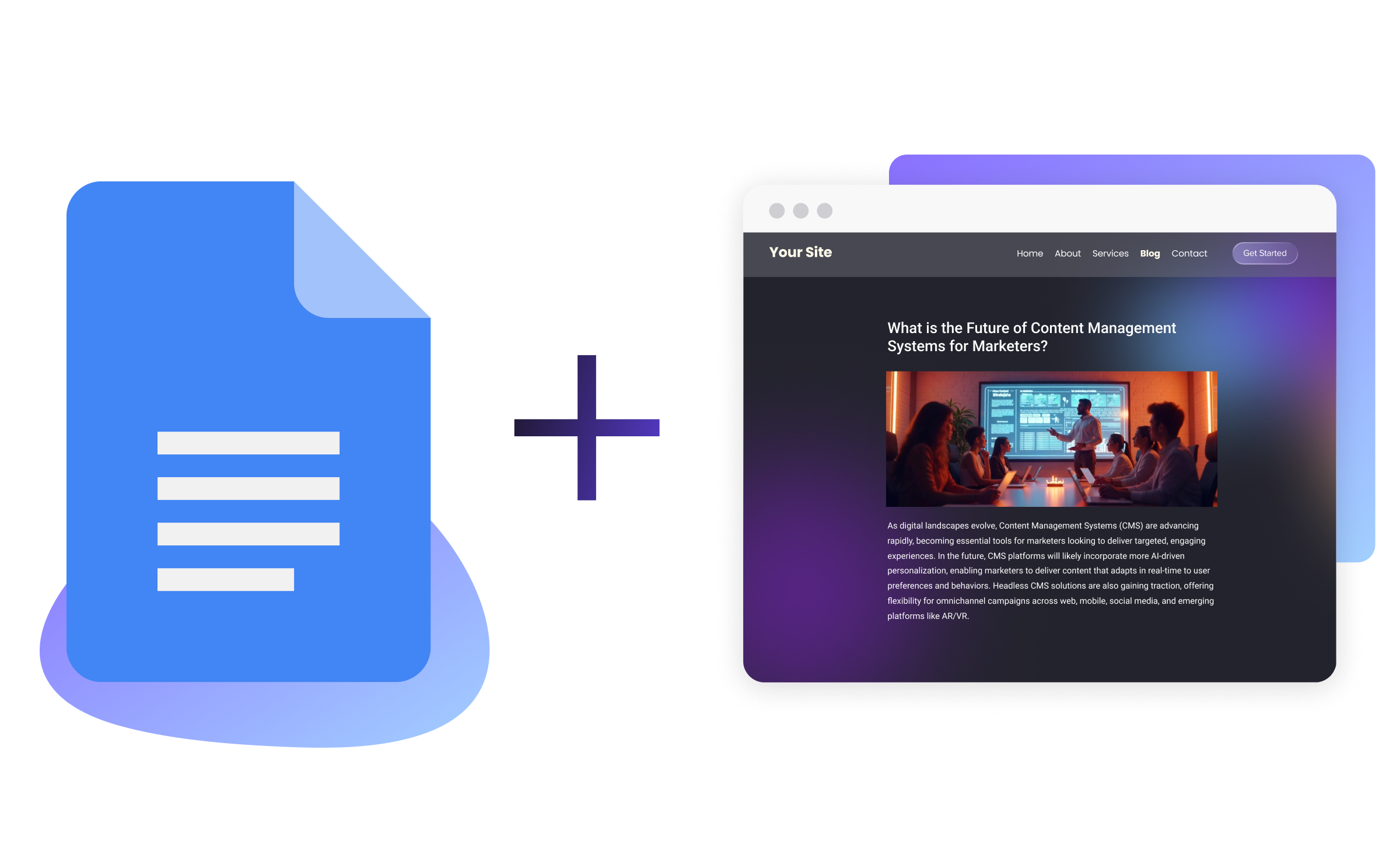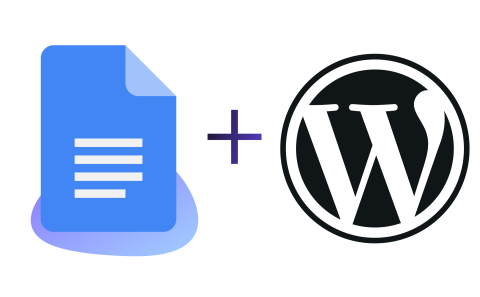No hype: AI Makes Website Personalization More Accessible and Manageable
Image

Consumers say a brand’s website is its most important digital touchpoint, with user-friendliness (87%) and speed (81%) as their top expectations. In today’s environment, “user friendly” means relevant content. Yet many organizations still struggle to tailor web experiences to resonate with specific user segments or audiences.
Case in point: Despite countless studies showing they are ineffective, many homepages still contain some sort of “slider” that showcases a grab bag of content. Clearly, it would be better to put the right information in front of the right audience, but this simple goal remains elusive for most organizations.
Image

That’s because it’s harder than it sounds. Personalization engines are traditionally costly to license, and even if they have the money the complexity of integrating multiple tools and wrangling a sprawling base of content often overwhelms the human capacity of a marketing organization. That’s why personalization has historically been a difficult aspiration to achieve and maintain.
But consumer expectations are always rising. The challenge for web teams is to solve for personalization without the excessive energy requirements that plagued past attempts. This is where AI and good old fashioned Machine Learning come into play. With today’s tools, it’s now possible to integrate data, categorize content, and to understand and efficiently act on user preferences faster than ever before.
It’s important to note that we’re not talking about letting a LLM run your website, generate posts, or autonomously optimize the design. There are more than enough cautionary tales about how that can go wrong. Nobody wants to be the next Sports Illustrated.
The real win from an AI-powered personalization platform is that it augments your human team, speeding up access to data, automating tedious content auditing, and spotlighting high-value gaps in the user journey so they can be filled in quickly with high-quality experiences. AI can get your web teams up and running fast, and more importantly, enable them to operate personalization efforts efficiently to deliver ongoing value to the business.
Three ways AI simplifies website personalization
AI makes website personalization more accessible and manageable. With AI-powered personalization, you can better predict user preferences and deliver content that resonates, turning casual browsers into loyal customers.Consider how AI can simplify website personalization and enable the following capabilities for your organization:
1. Quickly integrate your first-party data
The first question that confronts a personalization effort is, “What do we know about our users?” Typically there’s a lot of data, but it’s scattered around in different silos. Perhaps there’s a central warehouse, but that’s usually architected for analysis, not powering real-time experiences. Often personalization projects get stuck behind lumbering data projects and never really get off the ground.
But a modern or composable Customer Data Platform (CDP) eliminates this blocker with AI. Instead of taking months to map schemas and build queries by hand, an AI co-pilot can empower an engineer to integrate your data sources and connect them to a real-time event stream in a matter of hours.
2. Map and categorize all your content
The second challenge that teams need to overcome is tagging and categorizing all their content. Most websites have years or even decades of history, and very few have had zero staff turnover during that time. The honest truth is the total content footprint is rarely perfectly organized or even fully understood. It can be a daunting task to wade through thousands upon thousands of pieces of content to impose the order required to leverage it effectively.
Thankfully, this is a task that AI is quite good at solving. By taking an “outside-in” approach, an AI-powered personalization engine can examine all your content and provide categorization and interest mapping. What would consume weeks or months now takes minutes. You can quickly move on low-hanging fruit like content recommendations and immediately begin building high-fidelity behavioral signals based on content engagement. These feed right back into the first-party data strategy unlocked above.
3. Improve scalability and maintenance
AI-powered personalization enables you to scale personalization efforts without a proportional increase in workload. AI systems continuously learn from user interactions and make real-time adjustments to recommendations. They can also identify where there are potentially impactful intersections of audiences and content that could benefit from further optimization and can reduce the labor of creating audience-specific content via generative models. This simplifies the ongoing maintenance of personalized content, allowing your team to expand and refine its strategies without additional resources or complex infrastructure adjustments.
By leveraging a personalization engine that makes the most of AI, your organization can keep pace with consumer behaviors and preferences, and enhance long-term engagement and satisfaction.
Democratize website personalization with AI
Websites are critical brand touch points. AI solves the historical challenge of achieving personalization by radically reducing cost or complexity, shortening implementation roadmaps, and making the workload of ongoing operations manageable, even for lean marketing teams.
To tailor content for each visitor without compromising speed and user experience, you need AI-powered personalization. By democratizing personalization, your organization can better meet the evolving needs of digitally-native audiences and improve agility.
Learn about how Pantheon’s exciting partnership with Lytics enables you to leverage AI to rapidly launch website personalization on Drupal or WordPress in just 30 days!


